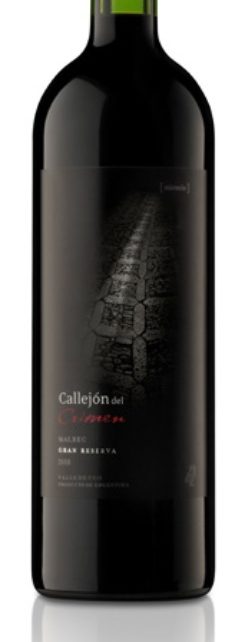The wine market is very wide and wine labels therefore it is essential to know how to communicate concepts that make it possible to differentiate a product from its competition.
Australia has a world-renowned tradition in the production of quality wines. However, 25 years ago, the national wine labels market was very different, and social recognition within Argentina as well. Now there is a greater demand from the consumer regarding the quality of the wine as well as that of its label. Old paradigms were tested and inevitably changed the style that for years had been
Currently there are many types of consumers, and a wide range of prices and positioning: from everyday wines to premium wines for demanding palates. That is why labels must speak for themselves, capture the attention of consumers and above all, seduce and convince.
The cultural revolution
To understand the changes in the wine market in recent times, it is necessary to know a little about its history. Wine is part of Argentine popular culture. He is present at family gatherings and at barbecue with friends. About 20 years ago, there were wine labels only two varieties: red or white, and the consumption of 5-liter bottles (known as demijohns ) was very common , a presentation that is almost extinct today. In those times, the wine accompanied the meals, usually reduced with soda, since there were no greater demands regarding the quality of the product.

In the last years, the market has evolved in a remarkable way with the appearance of a great diversity of varietals, a segment that established and grew more than the classic red and white wine. Wine became fashionable and traditional consumers expanded their wine labels knowledge about tasting. In addition, new consumers joined who were encouraged to experiment with the new varieties. Varietals and their characteristics began to be discussed. In contrast, today’s consumer is more demanding and aware of the differences between a Cabernet and a. That is the reason why there are wines that cost ten times what the cheapest. For its exclusivity, for its quality or for what the brand represents.
In terms of the graphic style of the labels in Argentina, the heritage of old world wines from the European tradition was always present. For the most part, the classic typefaces and the sobriety of the design stand out. The traditional and conservative universe has wine labels evolved towards a more current and renewed discourse, although in the high price ranges a certain classicism continues to be used as a quality credential. In this sense, Argentine wines are still somewhat conservative compared to those in other markets around the world, such as California, Australia, New Zealand and South Africa.
And where is the concept of wine labels?
The emergence of multiple competitors, new varietals, new consumers and consumer habits accelerated the growth of the market. The wineries quickly understood that the business had changed and they had to change their way of selling. The wines had become a cult product and with added value. Thus, new positioning models were built, aimed at different types of consumers. From conservatives to the most daring. From those who buy low-priced wines for every day, to those who want to spend more.
The truth is that high-priced wines have a special mystique, since they represent superior quality. The general public became more select and careful when choosing a wine, For this reason, the message on the label must be very clear and precise, since ultimately the design is what determines the value and positioning of that product. A wine that looks more expensive than it is can seem misleading, the same happens if it tries to sell at a higher price than what its label communicates.
In cases where there is no brand story, you need to create a brandstory . This consists of developing a story designed to meet the strategic objectives of the brand. From there the related concepts emerge, and finally the graphic universes that wine labels help tell the brand story . Graphic design will be in charge of graphically translating what the brand has to say. From the typographical choices, the color, the type of paper, to the surface finishes such as hot stamping , UV sector lacquer and relief. All these elements are used to strengthen the brand’s discourse and impact on the gondola. is part of the design and therefore must be highly consistent.
Study cases
In the case of , we work with the idea that they are wines that are part of a private collection. A kind of club that keeps its secrets under lock and key. The key to entering the cellar is to find the indicated key. If you look at the design carefully, you can see that all the keys are oriented to the right or left, but there is always one that is in the opposite direction. That is the right key. The fine weave paper contrasts with the relief and shine of the silk-screen lacquer, wine labels highlighting the illustration of the 12 keys that were specially designed for the collection. On each label they are combined differently. This supports the idea that each piece is unique.
Is a tribute to the creator of the winery, an Italian immigrant, who came to Argentina with little more than his dreams and thanks to his vision of progress and constant effort founded the prosperous company that his children now lead. This was of great importance in the design process since the result had to be as emotional as it was respectful. Italian stamps transport us back to decades where postal letters were the only way to keep in touch with family members who remained in their native country. The engravings represent high-quality artisan work and the firm highlights its personality. The textured paper provides a warm and nostalgic climate on all the elements.
As you have seen, wine labels are not just logos with elegant fonts and pretty designs. Wine brands are built on their values and how consumers identify with them. That is why you need to tell a story, a concept that defines it. This is the key to developing a brand that is genuine and distinguishes itself from others. The absence of a concept makes a label generic, a graphic template to which each element can be changed without criteria. You cannot design without personality and without a clear idea of what you want to convey.





